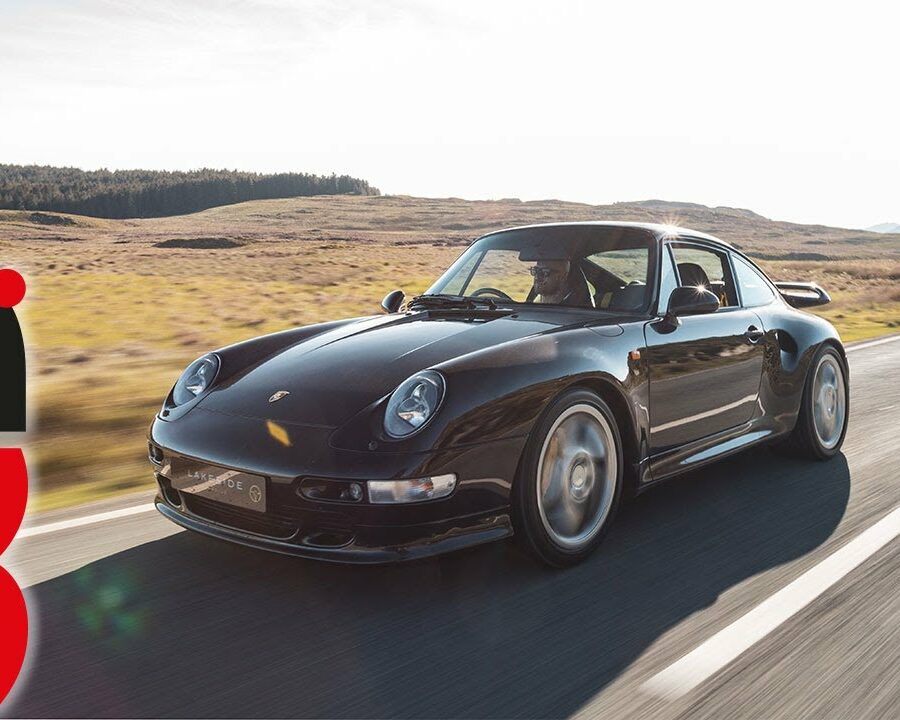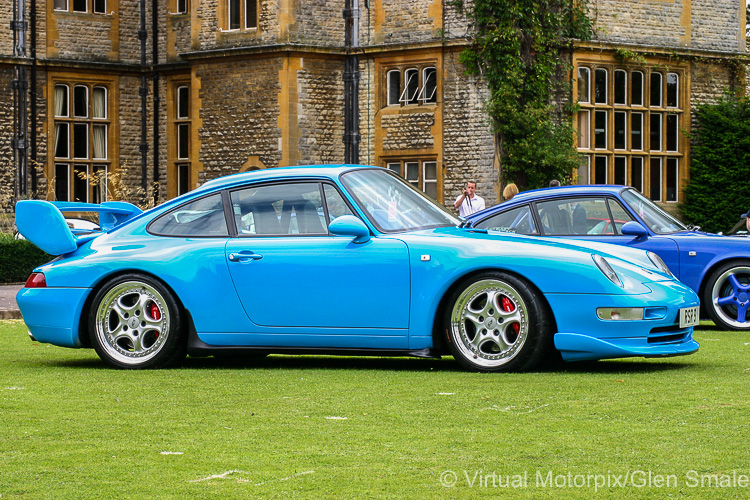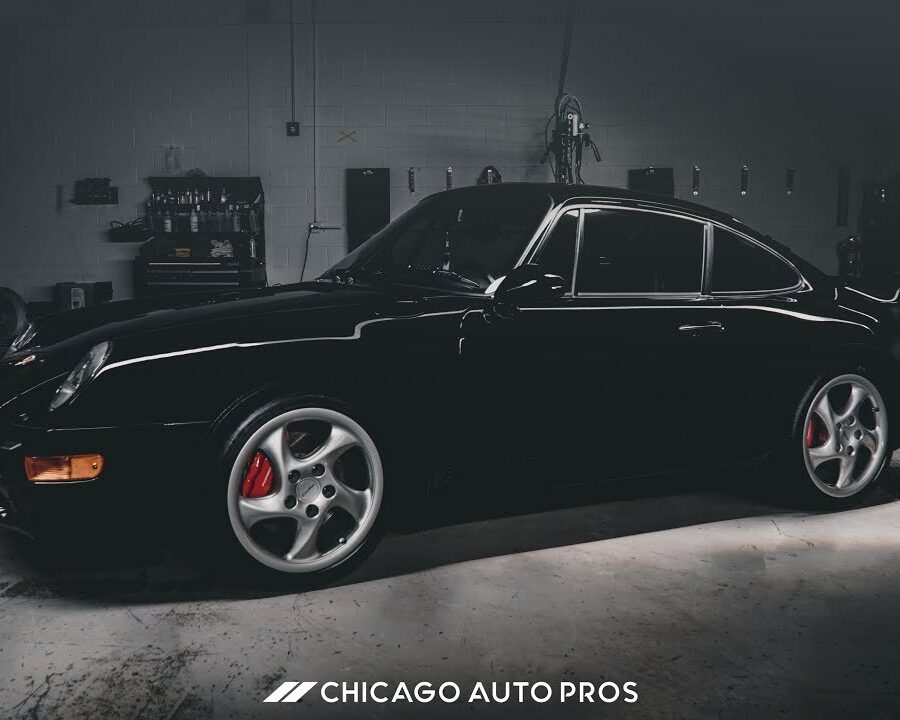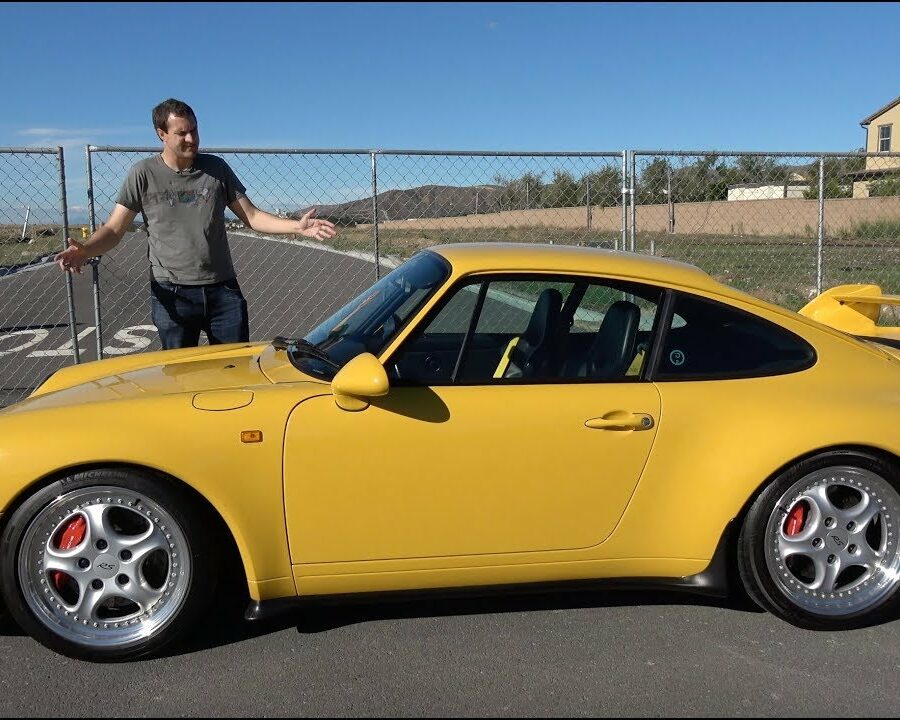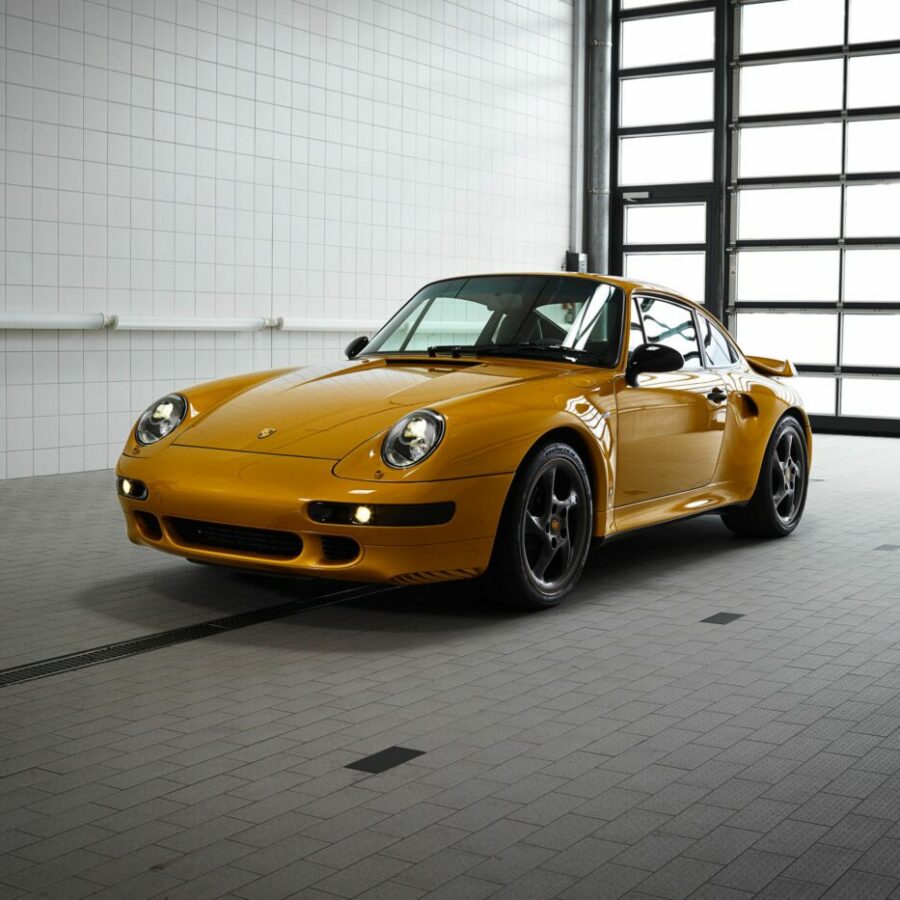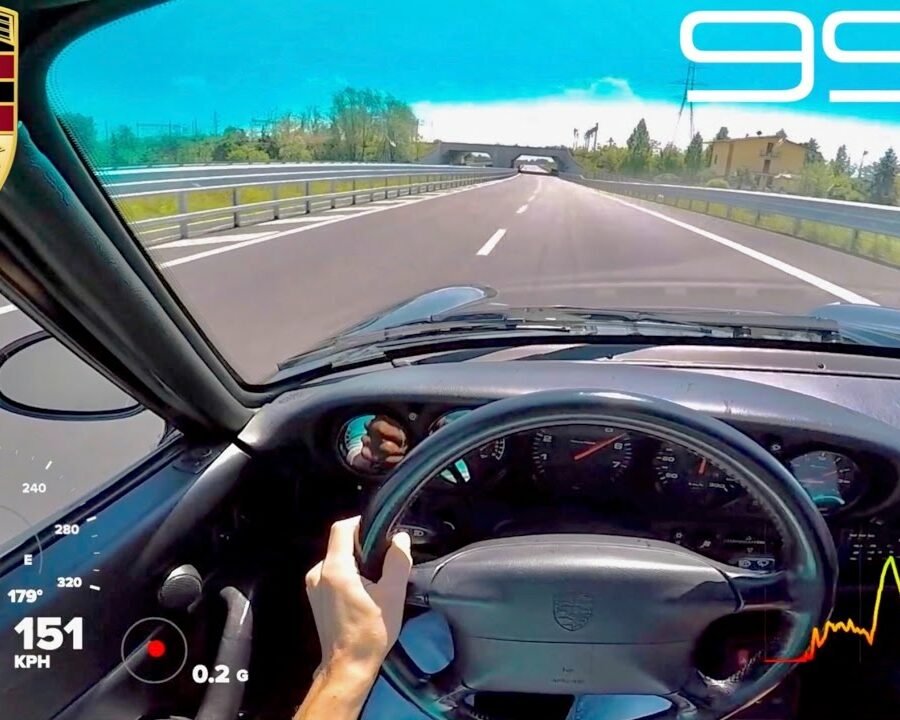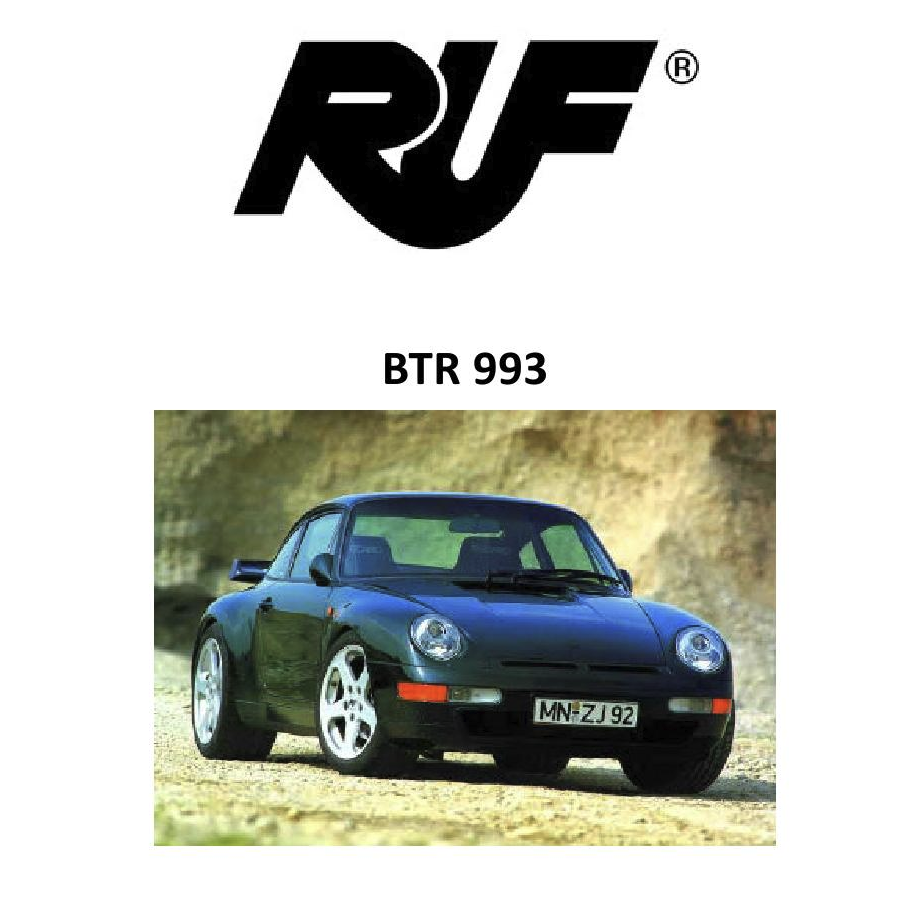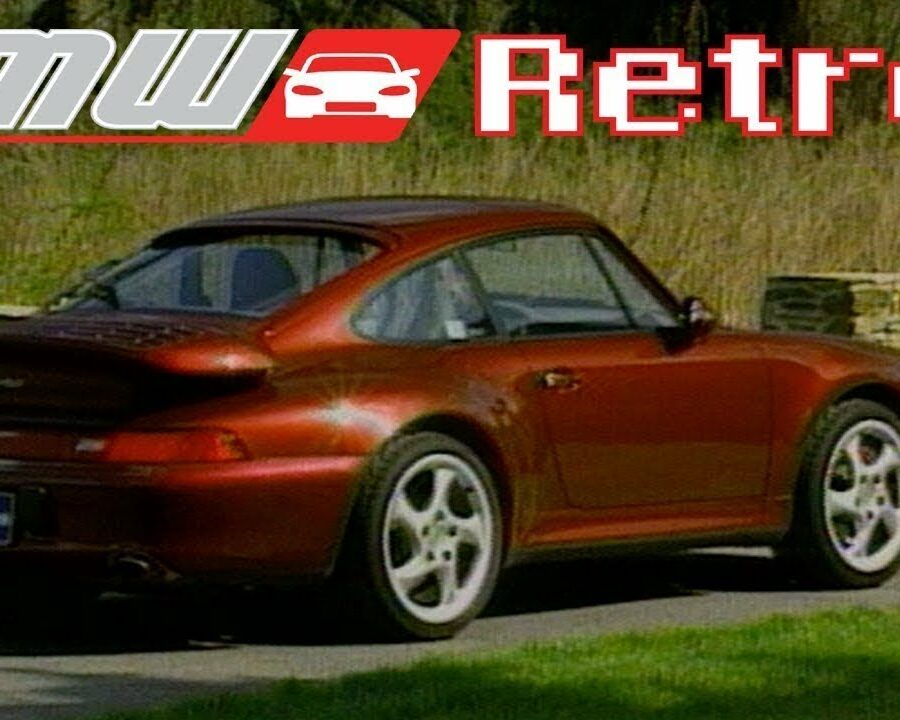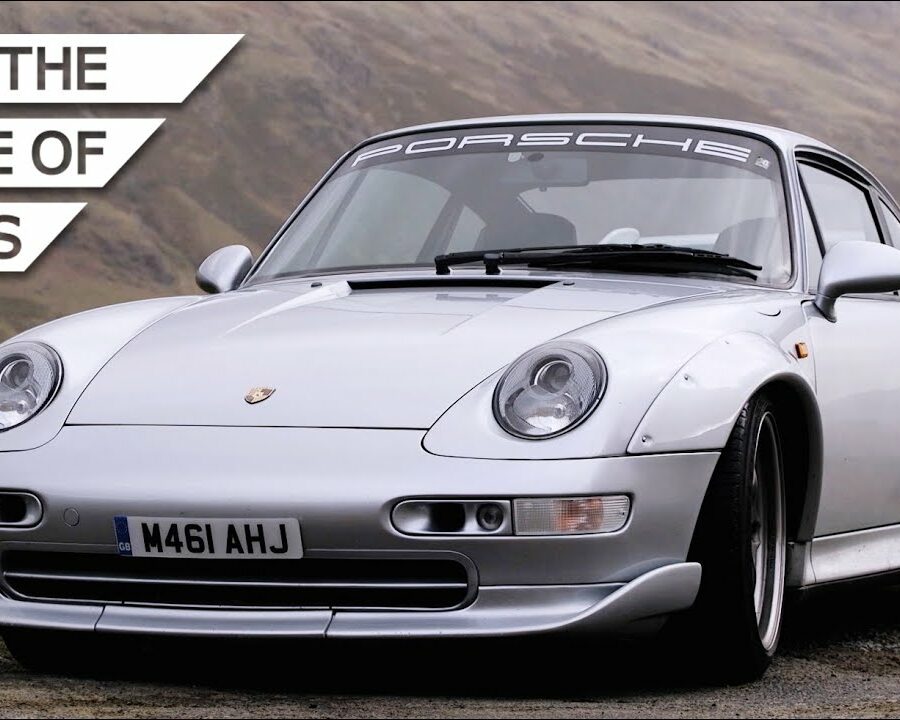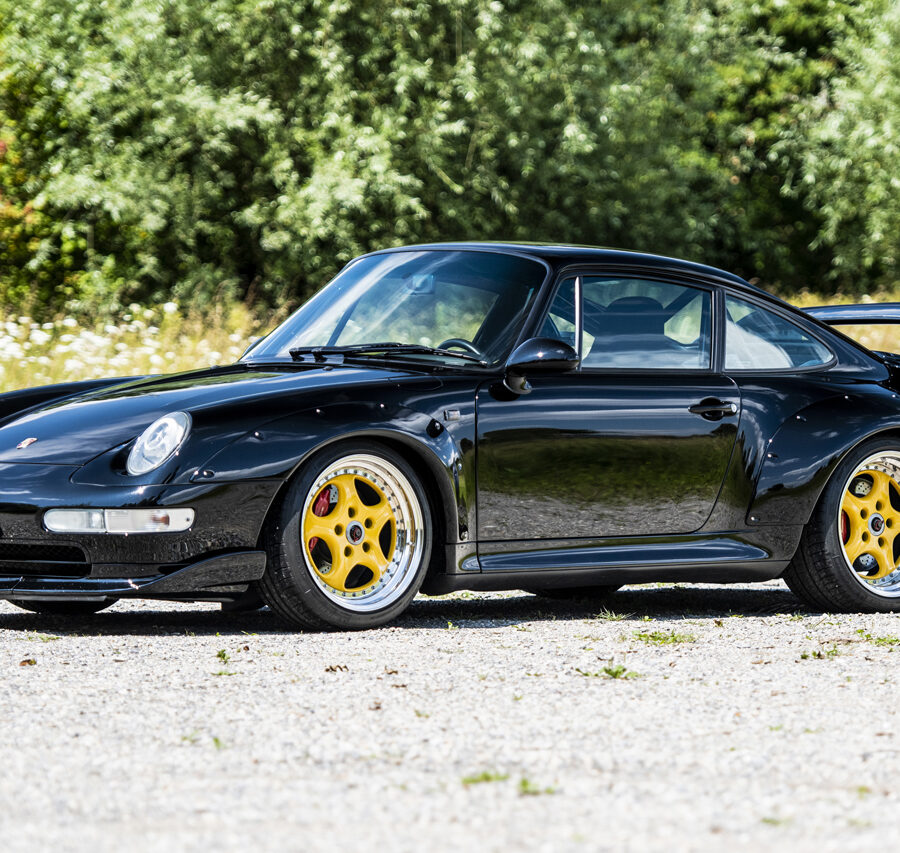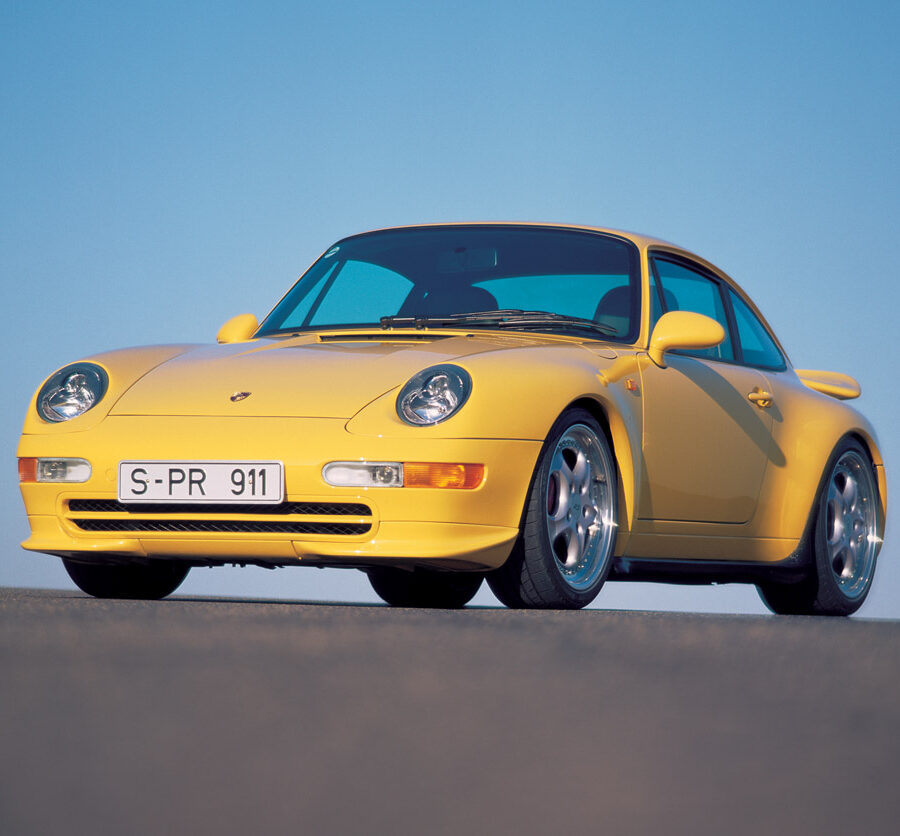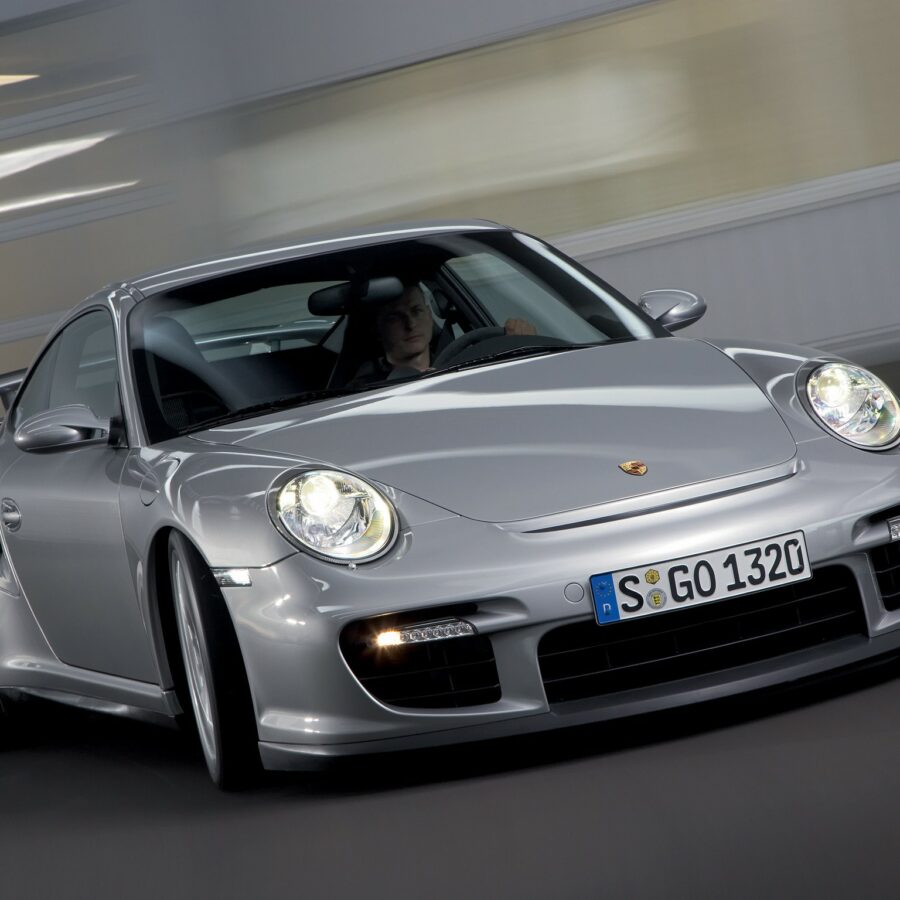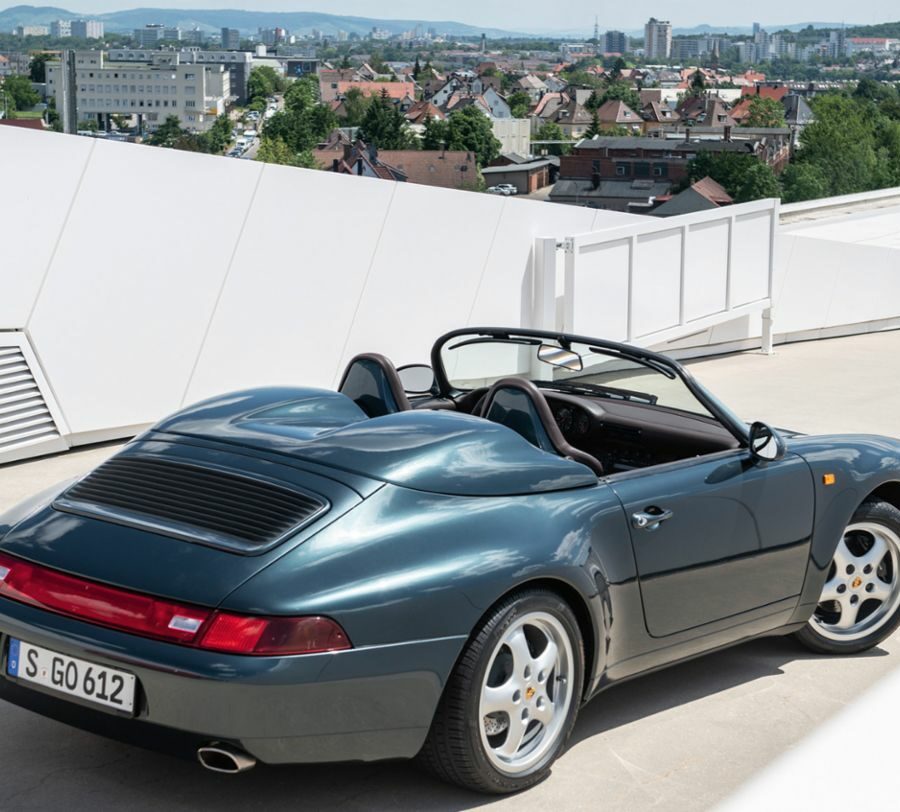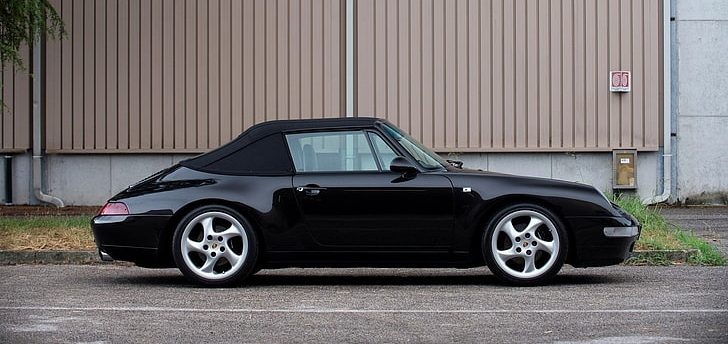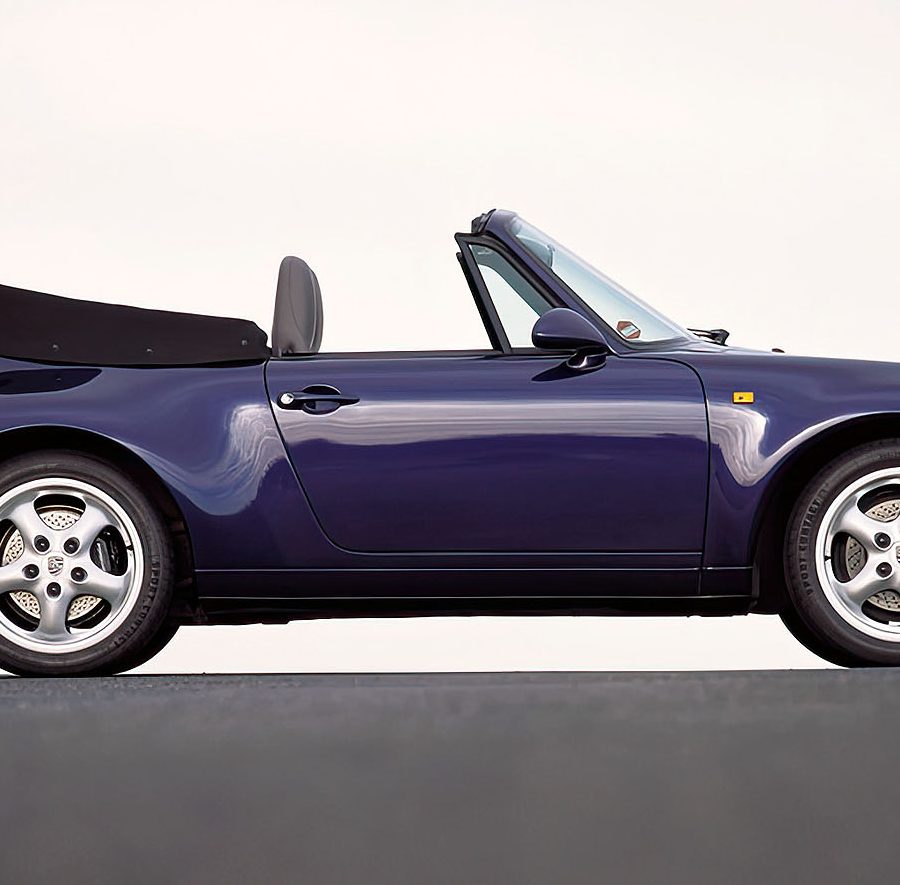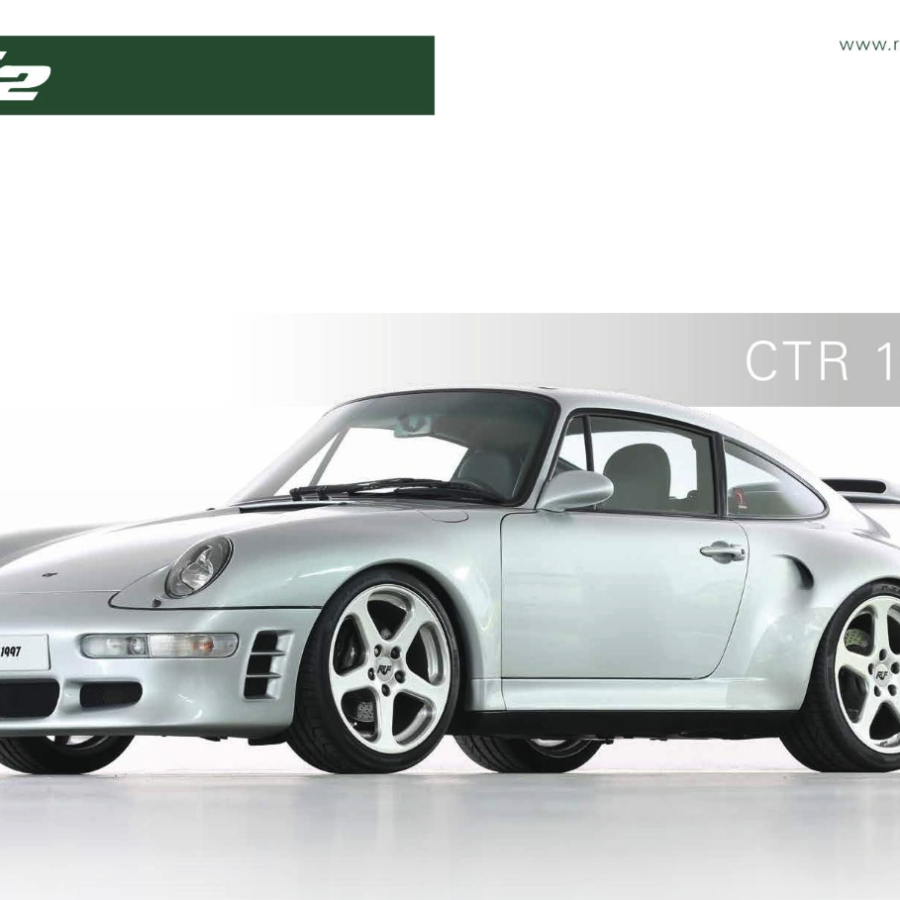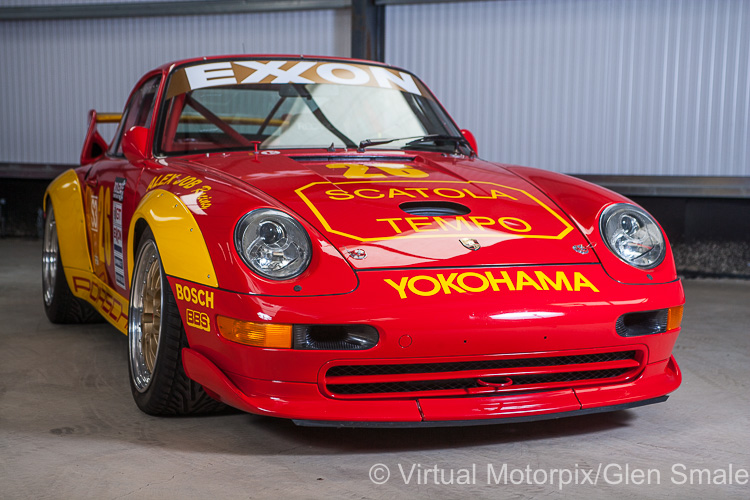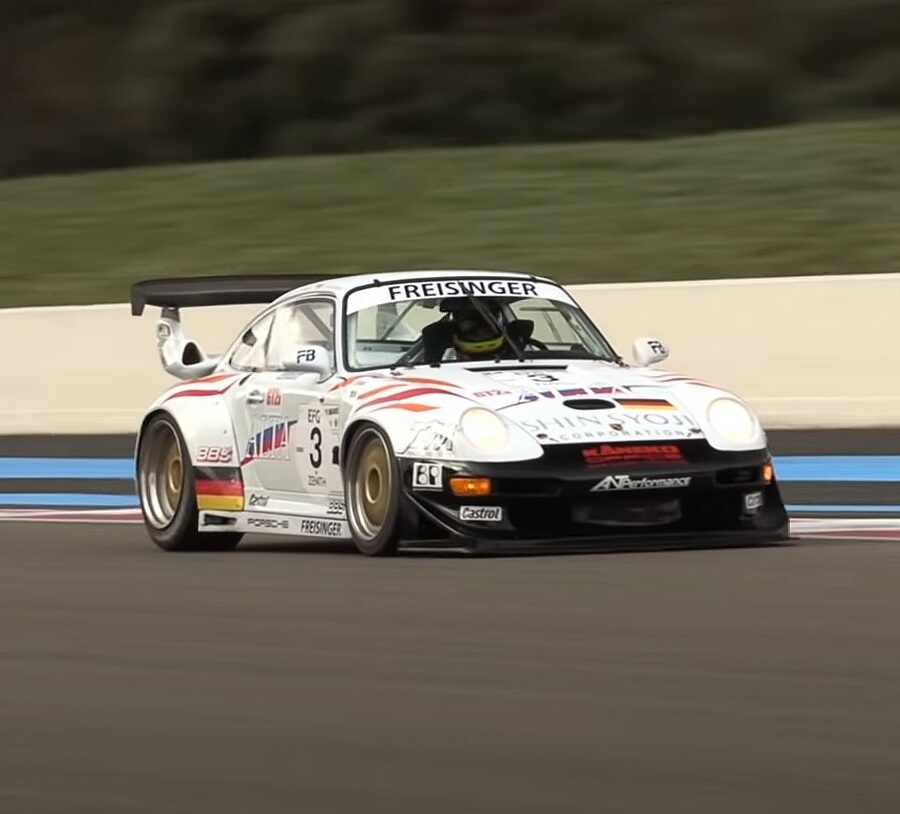Porsche 911 (993)
In 1993 the Porsche 993 Carrera was presented to the general public as the successor for the 964. The Porsche 993 was the fourth generation of the Porsche 911 and easily the most loved iteration and the last of the aircooled Porsche 911s. It was more sophisticated and durable than the Type 964 that came before it, the significant technical advances in the underpinnings created a more civilized car and a greatly improved handling experience too. The 993 retained the 3.6 L m64/01 engine from the 964 but it was re-designated as M64/05. The 993 Porsche 911 Carrera was introduced in Coupé and Cabriolet form in 1994. The Targa version followed for the 1996 model year. A year later came the Carrera 4, again in both Coupé and Cabriolet body styles. See all of our Porsche 993 Research.




